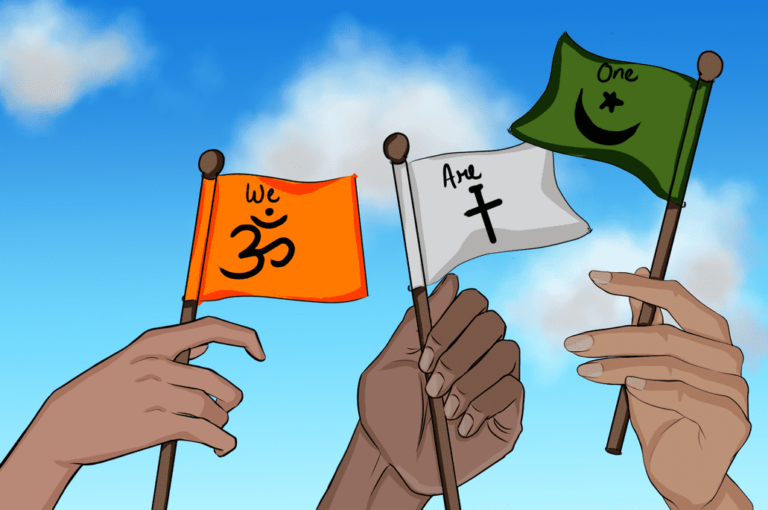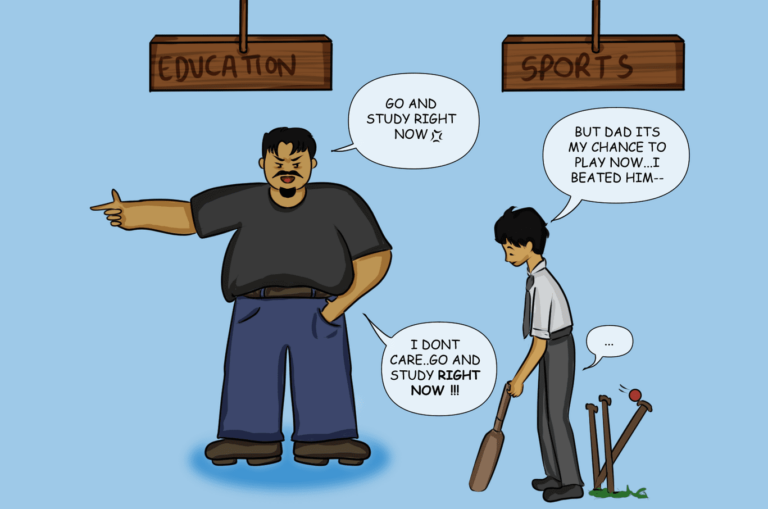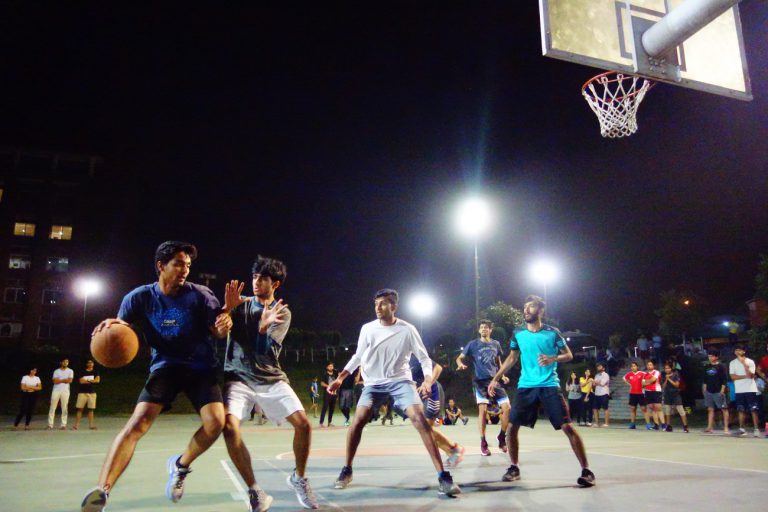Rediscovering Haiku during COVID19: Poetry and Directness of Expression
Athira Unni is from Calicut, India. She respects the value of the written word, and intelligent cats. She lives on coffee and thunderstorms.
Under the umbrella of all art-forms, poetry expresses the inexpressible with words. Sometimes these words are pictorial. It is through the artists’ gaze that some of us usually look at any art whether we ourselves are artists or not. Such an existence is usually troubling because of the mental fatigue that art sometimes causes, as much as it cures. In certain ways, Art is a general term I’m using. I would want to be more specific about what kind of art, and what kind of sub-text among art-forms that I’m going to be writing about. This article is going to be about the form of Haiku poetry, a foreign art-form that must seem so simple to many. But usually, things that seem simple are not easy to understand. Hence, my humble attempt here is going to be probing into the ways in which a particular form of poetry has shaped the world we live in the past, and perhaps, how it continues to influence the present in a considerably significant way.
A trained eye can spot the images in the art form of poetry from afar. These images are not coincidences or products of luck, but cleverly and carefully crafted from both banal and profound experiences. This is why poetry is sometimes difficult. A Haiku while it seems small and simple enough, can be analyzed to mean and signify many relevant and important things. Articulating experiences with an astute eye for detail requires a clear sense of direction and use of specific language. There has to be enough matter to compress into a solid form molded with finesse. This is where the good-old poetic form of Haiku comes in. It condenses a picture into words, like no other art-form.
What is Haiku?
Haiku is a traditional Japanese poetic form with 5-7-5 syllables, known for vivid imagery. The Japanese master of Haiku, Basho is known for the following lines:
old pond!
a frog jumps in-
the sound of water*
The technicality aside, this form is an example of Imagistic literature that sparks a thought or a sensation. In three lines, a sensory story is conveyed. Ezra Pound, the master of Haiku in the English language, is proficient in the intricacies of this form. Haiku is not just a literary form but carries with it the cultural and social significance of an eastern culture that has largely remained in the shadows after World War (WW) II. In trying to articulate the importance of such Imagistic literature, it can be a strength to borrow from foreign cultures to synthesize ideas about poetry itself. When I say borrow, I mean arriving at conclusions by trying to look through the ‘other’s’ eye. In many ways, that is the function and duty of a young writer like me, trying to understand the world.
I have wondered, why, at this particular point in time, I’m reminded of Haikus. It is by good fortune that I’ve realized that this has something to do with the current socio-political scenario that we are facing, and the terrible effect the global pandemic, or to call it by its scientific name, COVID-19, has had on our lives. In the digital era of the 21st century, the human attention span has drastically reduced; but it has further suffered in the era of this pandemic. What has COVID-19 done to us in terms of our attention span? Are we not always anxious? Are we not worried enough to be glued to screens, be it TV, or the phone, to gather news? Aren’t more people working from home than ever before?
This means that we are automatically more inclined to:
- Skim through matter found online
- Be more inclined towards art
- Explore shorter forms of writing
Elaborating on the third point, Haiku is the prime example of such a shorter form of writing that can flourish during such a time. People might be tired of housework, work-from-home duties, childcare, safety concerns, etc. to indulge in any kind of writing that extends more than 5 lines. A Haiku is a perfect example of such writing.
The Modern Haiku
The traditional Japanese Haiku was developed as a poetry of the court. It has the basis of Zen philosophy and thrives on a blend of humanity and nature. The classic haiku apart from the usual formal characteristics is also recognized by a reference to one of the four seasons. The modernist haiku, popularised by W.B. Yeats, Richard Wright, Ezra Pound, Sonia Sanchez, Robert Haas, and James Emanuel provides a different tone to the classic haiku. The words Pound used to describe Haiku in his essay “Vorticism” is ‘directness of expression’. Modern Haiku talks more about human sensation and bringing the human subject into the picture. Bridging both genres, is the basis of Japanese art, as mentioned by one of the masters of Haiku, Noguchi in his critical texts The Spirit of Japanese Art and The Spirit of Japanese Poetry.
The Popularity of Haiku Post-WWII
In his guide to Haikus Haiku and Modernist Poetics, Yoshinobu Hakutani talks about the popularity of Haikus after WWII in the West. The popularity itself is an interesting observation. It is to be noted that most WWII soldiers assigned to fight returned with a deep sense of disillusionment and acute Post-Traumatic Stress Disorder (PTSD). This implied a lack of memory and a reduced attention span. Could it be that the popularity of a shorter version of the poem was simply because of the reduced attention span of the readers? Would it be because there wasn’t time to indulge in poetry, in a world that was trying to rebuild itself post – WWII? This is a relevant and quite possible observation made regarding the historical time period when haiku became a popular poetic form in the West.
Haiku and COVID-19
Why is all this relevant now? COVID-19 is singularly the worst pandemic that has hit the world since the Spanish Flu of 1918. Undoubtedly, the world citizenry is reeling with death and the subsequent grief that arises with such grimness. The popularity of haiku, or my re-discovering this form during this time, is I think a historical parallel to its importance in post-WWII America. There seems to be a lack of memory, increased levels of anxiety, collective trauma, and most importantly, an underlying fear of death and uncertainty about the future. During this time, indulging in any kind of art, while being therapeutic, is also time-consuming. In such instances, a Haiku offers a short-lived relief. It takes us closer to nature while being indoors. It allows for a few seconds of “the outside” while working from home.
Perhaps I’m seeing the connections and making a theory out of nothing, but isn’t that how all theoretical frameworks arise? With the current awareness we have of mental health, trauma, and the role of art in curing, it seems unlikely that such a connection, historically speaking, is something to be ignored. If this is the case, then art-therapy itself stands to benefit. Mental health professionals are increasingly acknowledging the function of art in reducing stress. Coloring mandalas and producing abstract art seem to be therapeutic tools being used increasingly to reduce stress levels for urban professionals. Perhaps, writing a haiku during a tough time in life could be therapeutic to many out there.
*Translated into English from the original Japanese, as found in Hakutani’s critical text.
References
Hakutani, Yoshinobu, Haiku and Modern Poetics. New York: Palgrave Macmillan, 2009.
Featured Image Credits: Flickr







